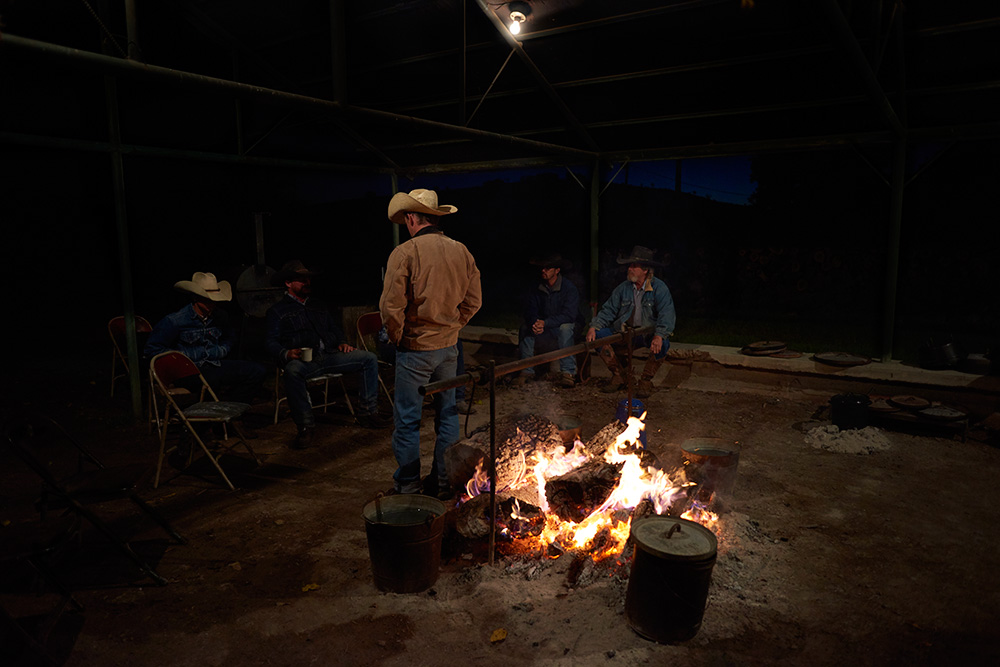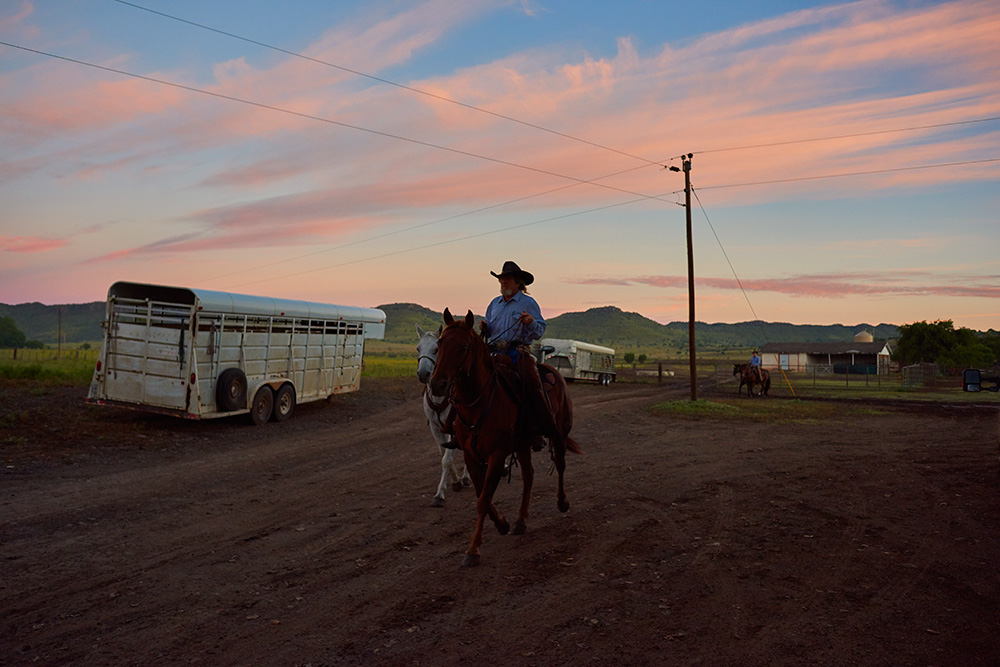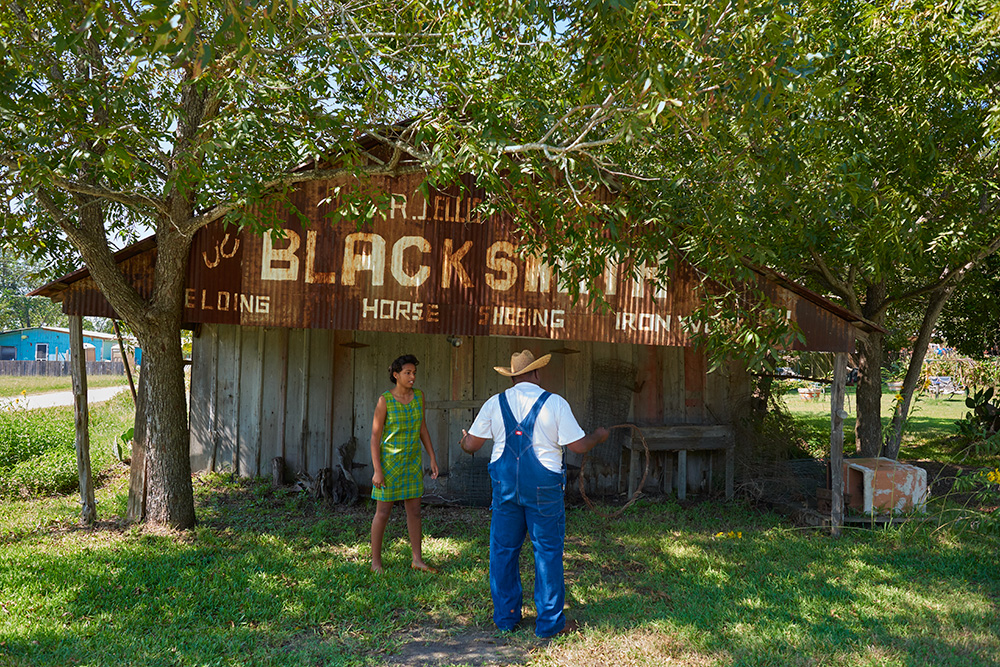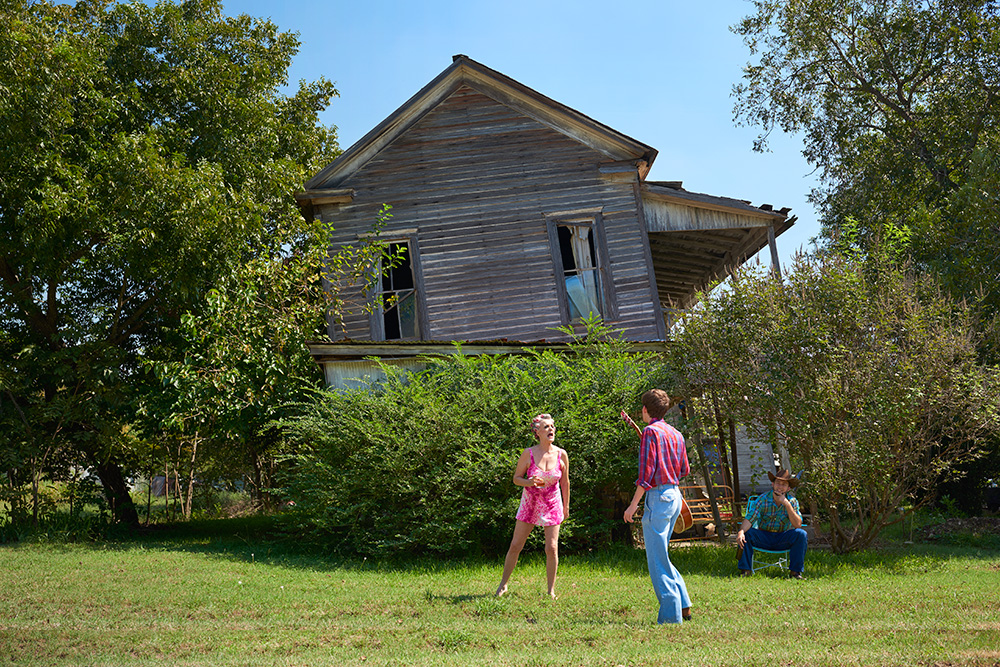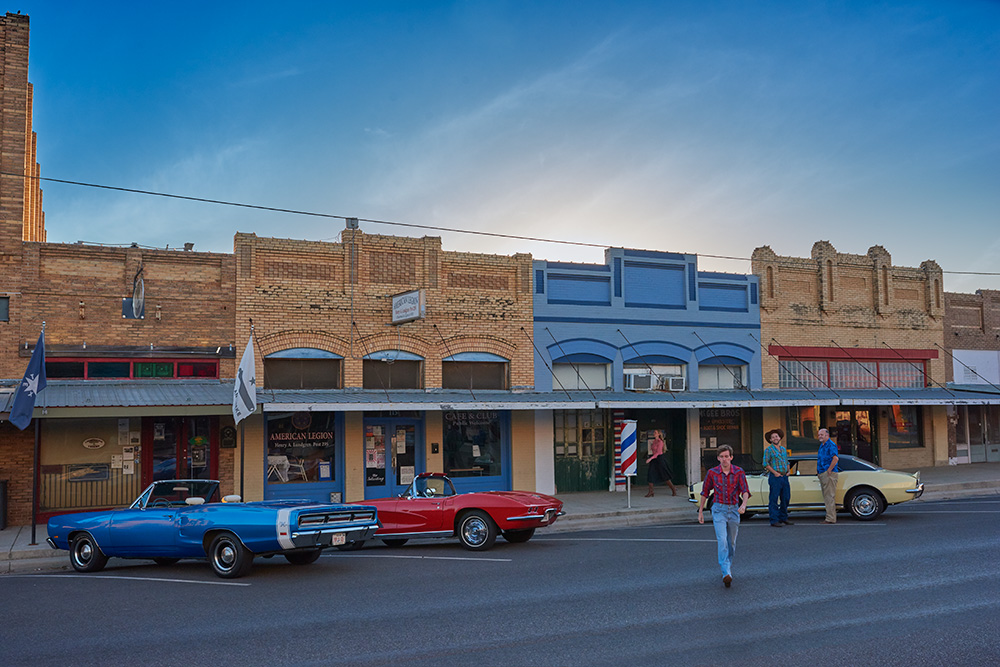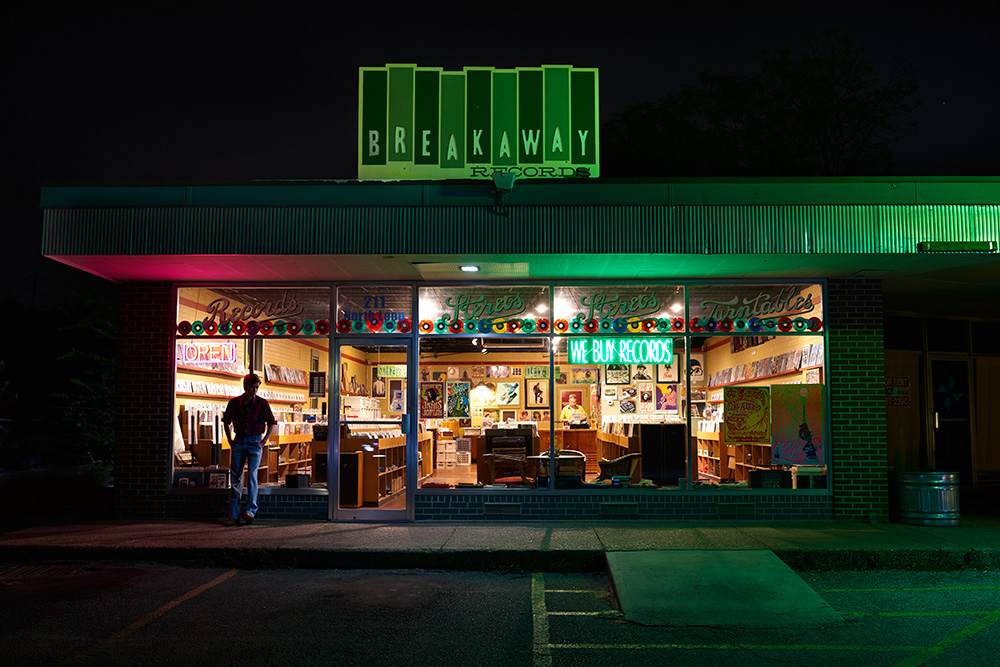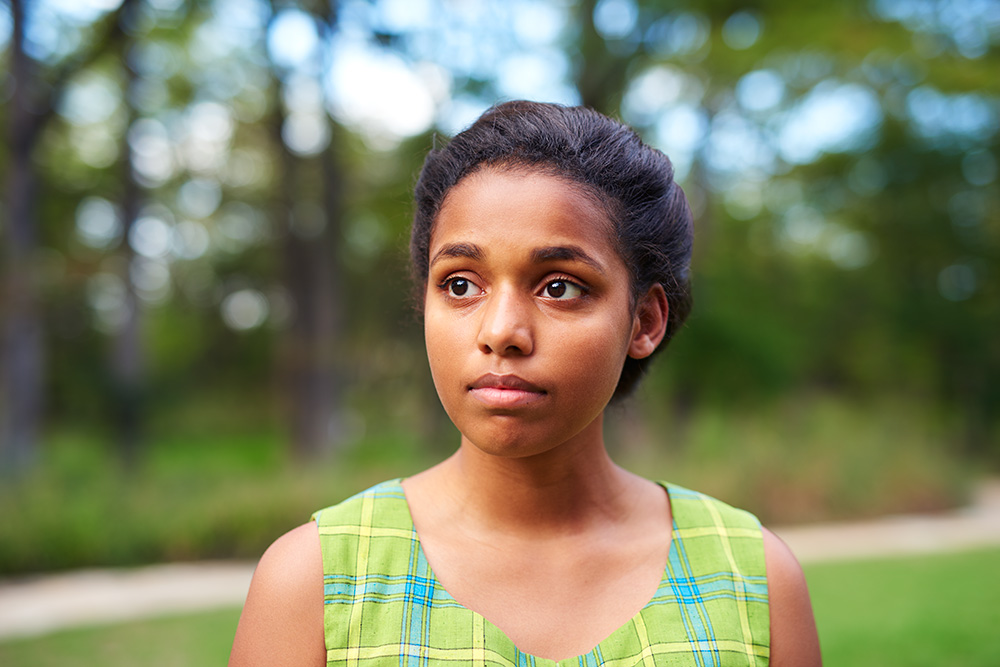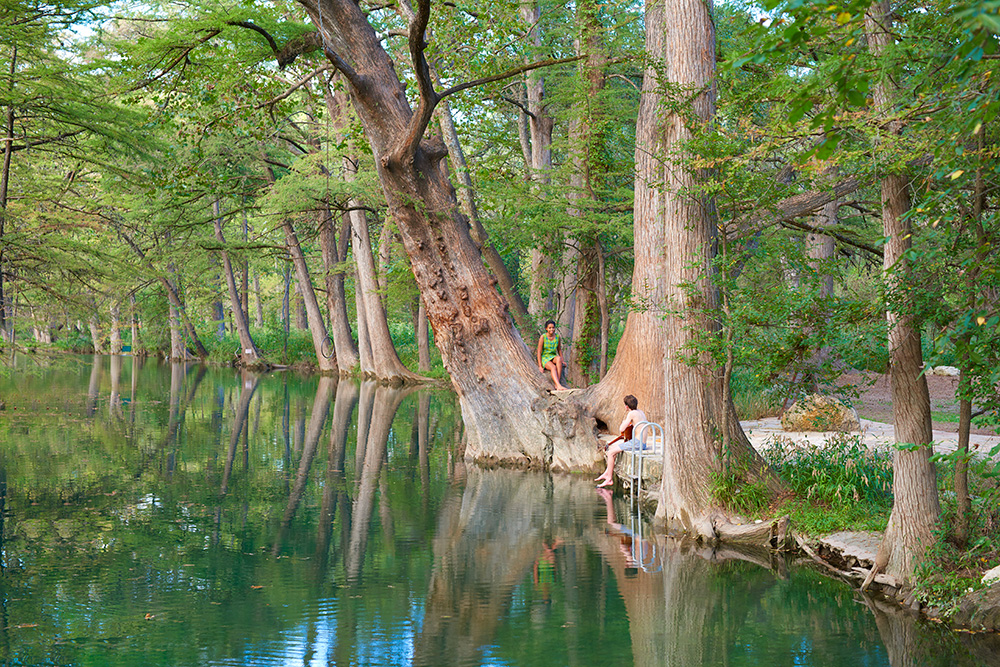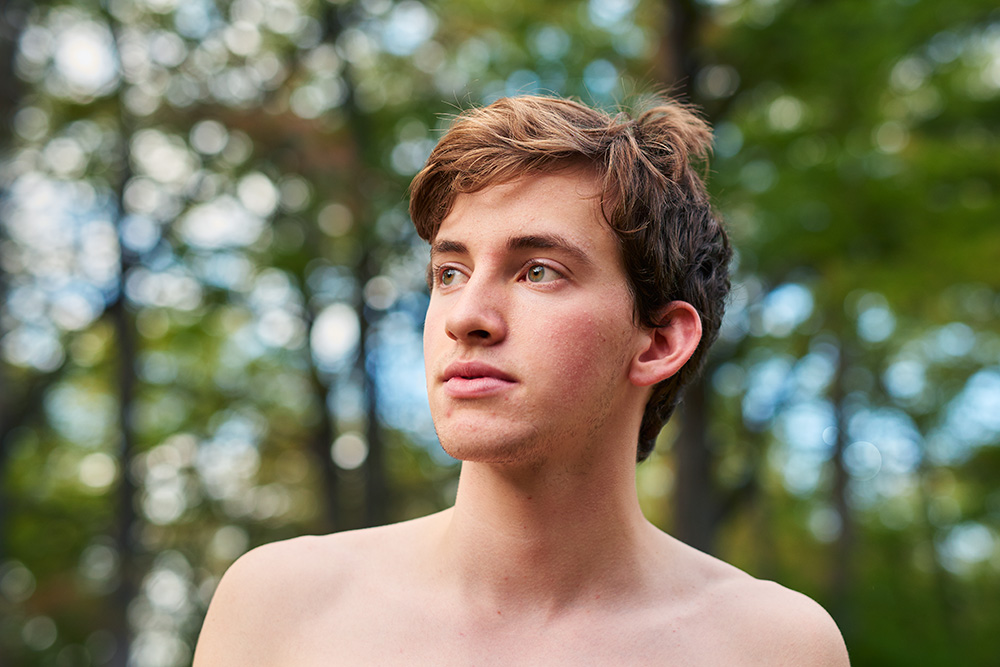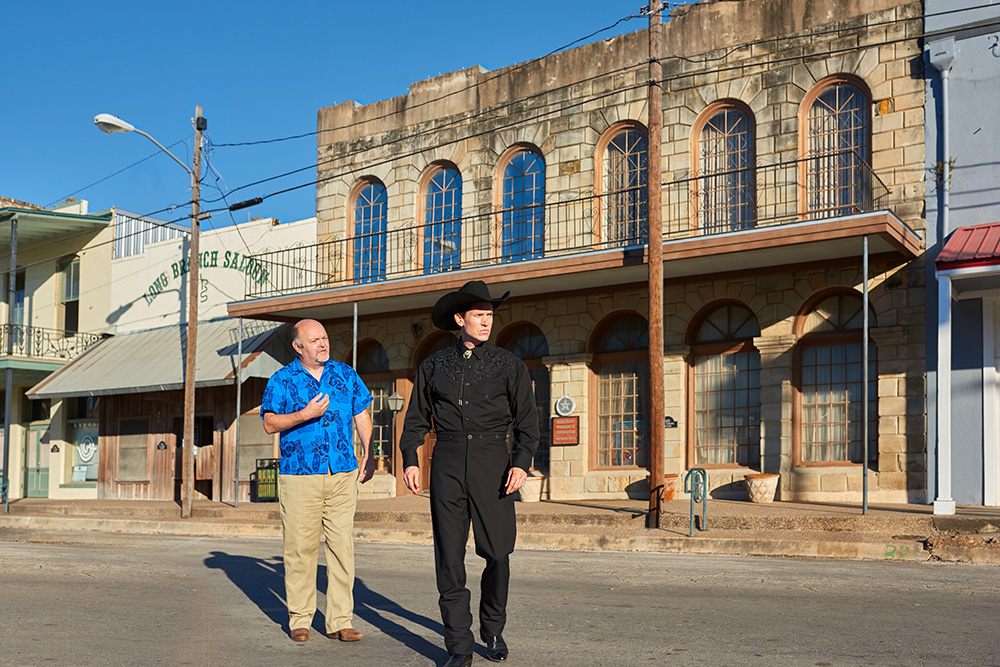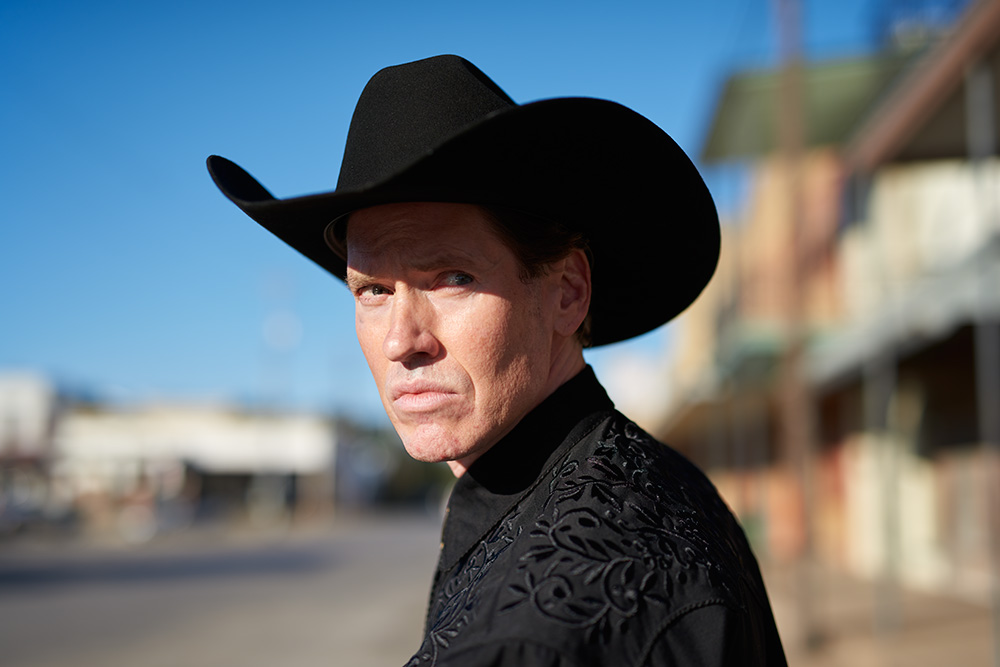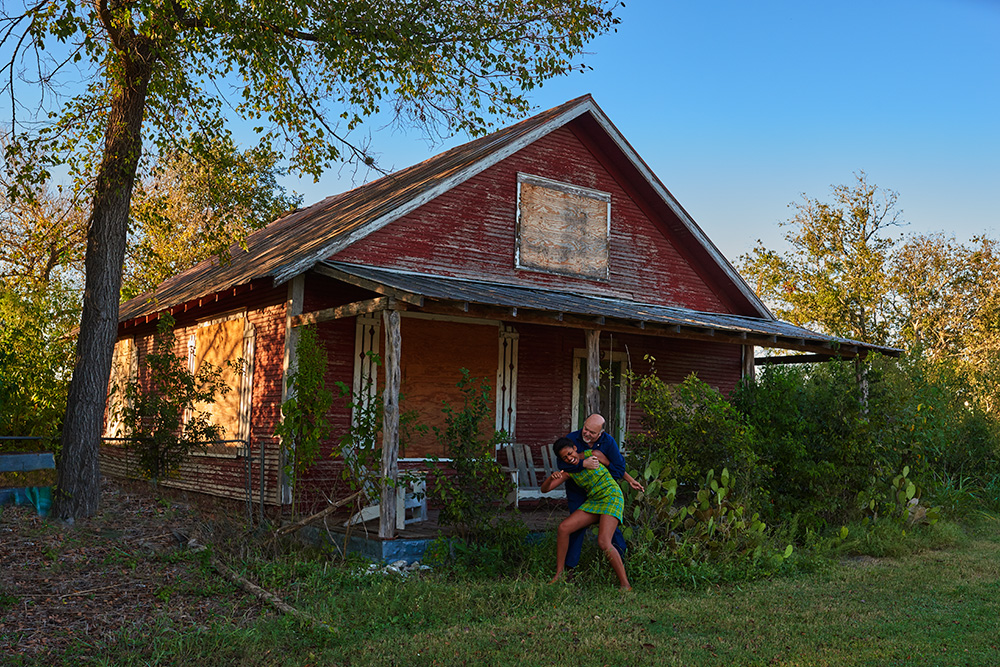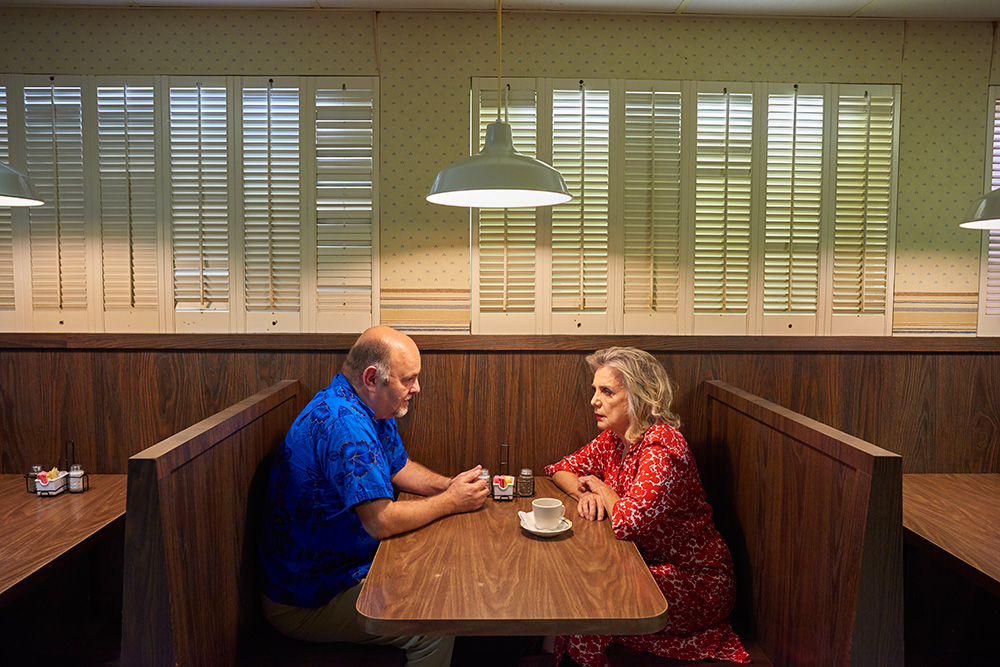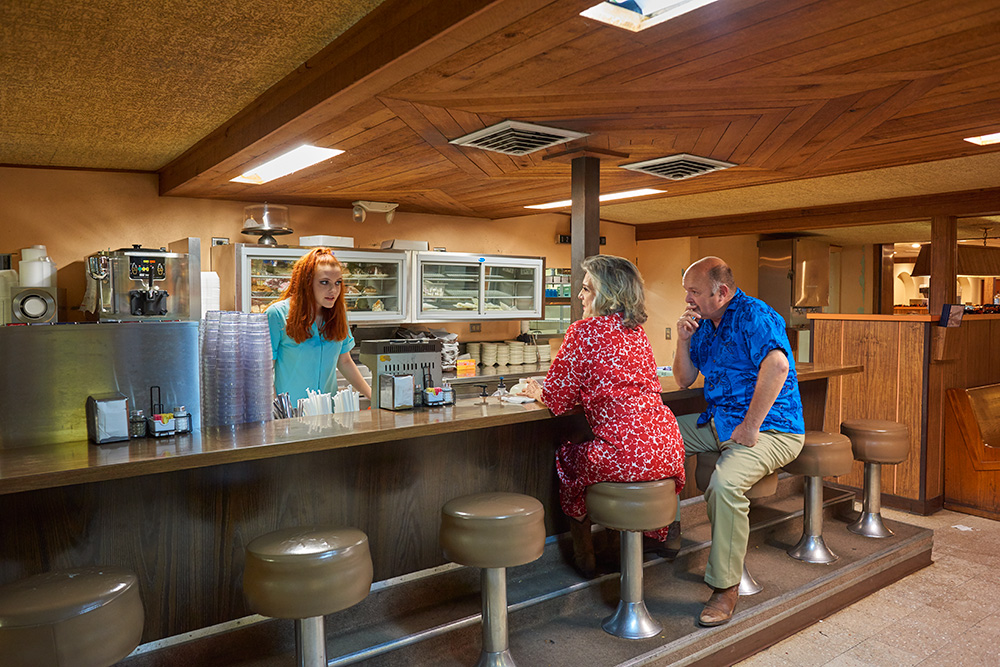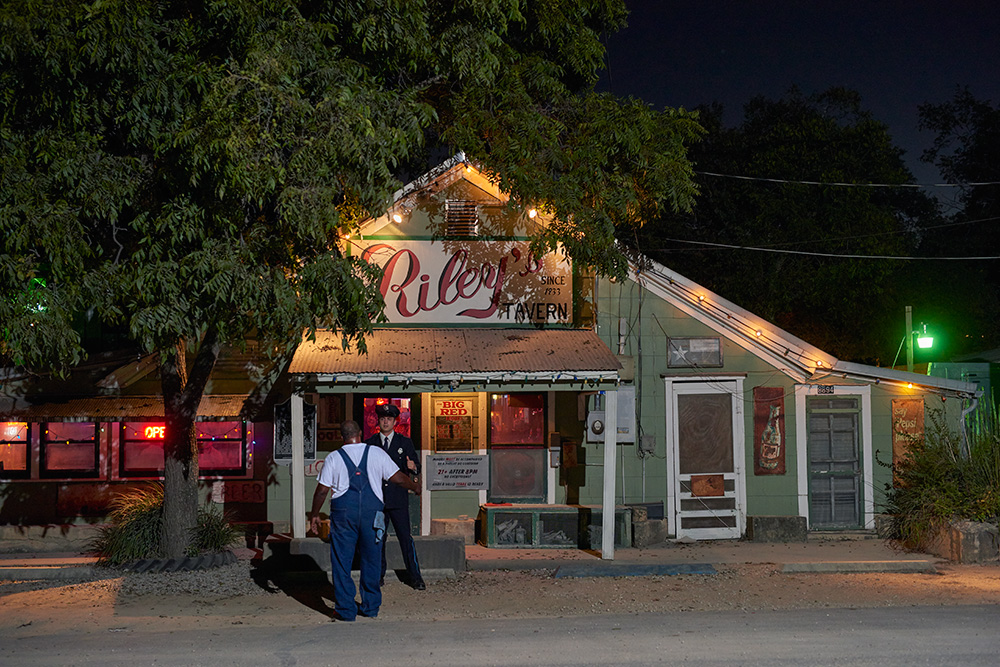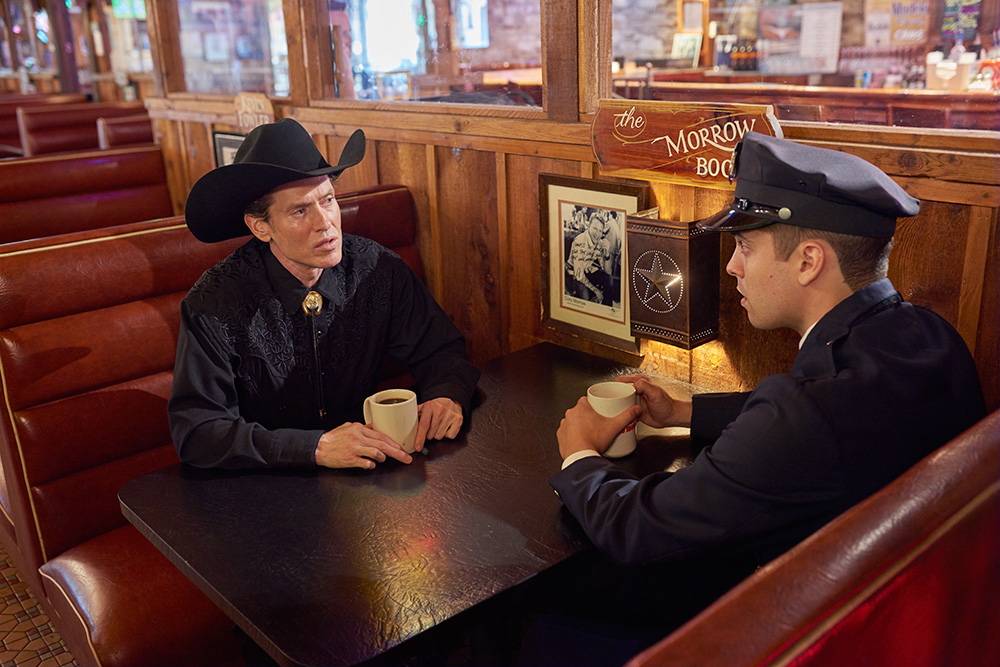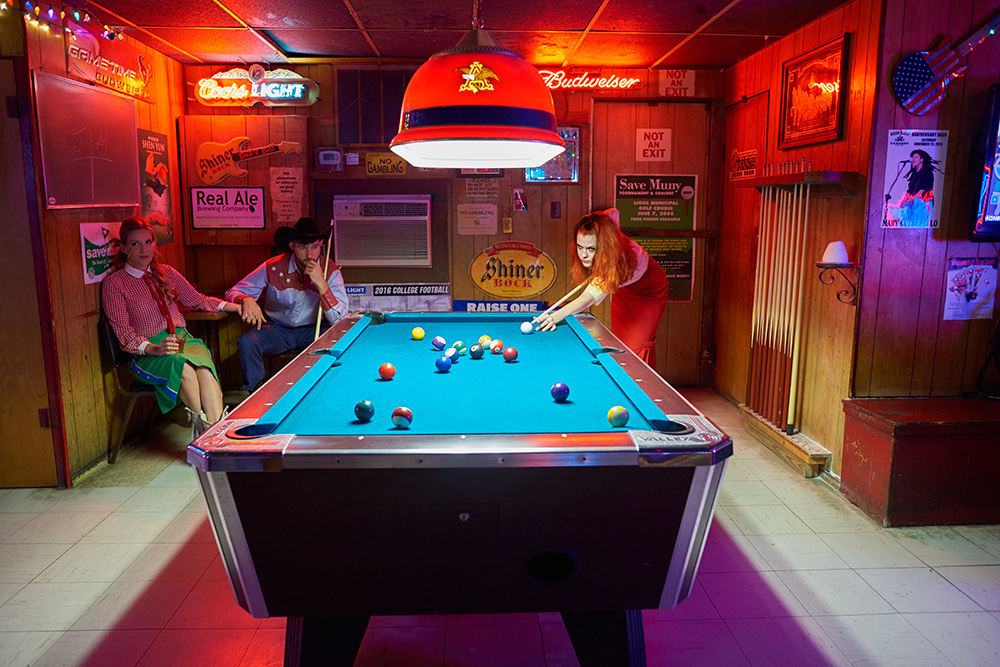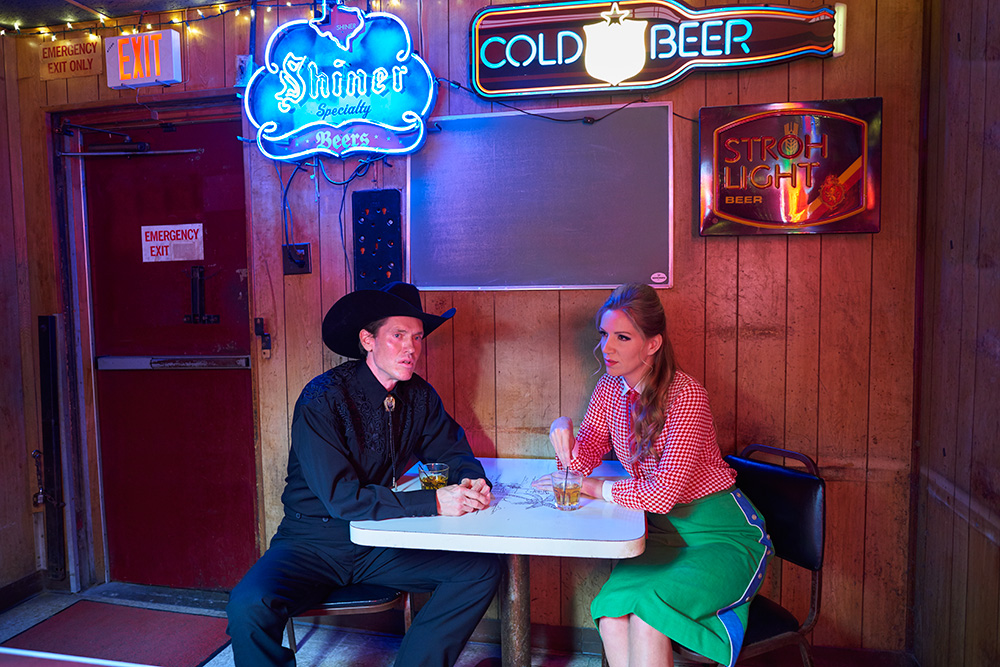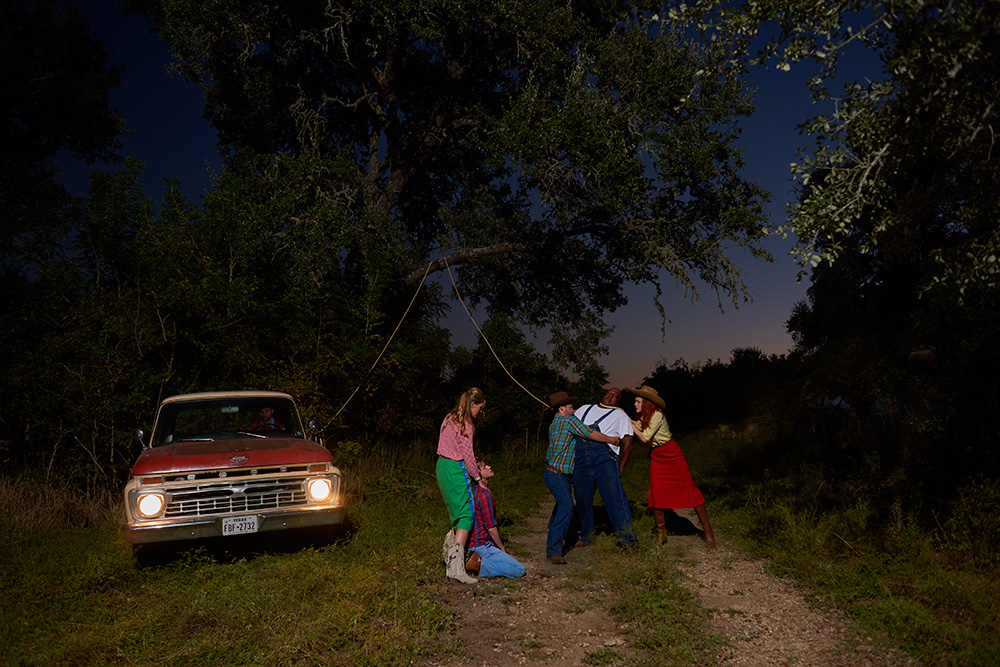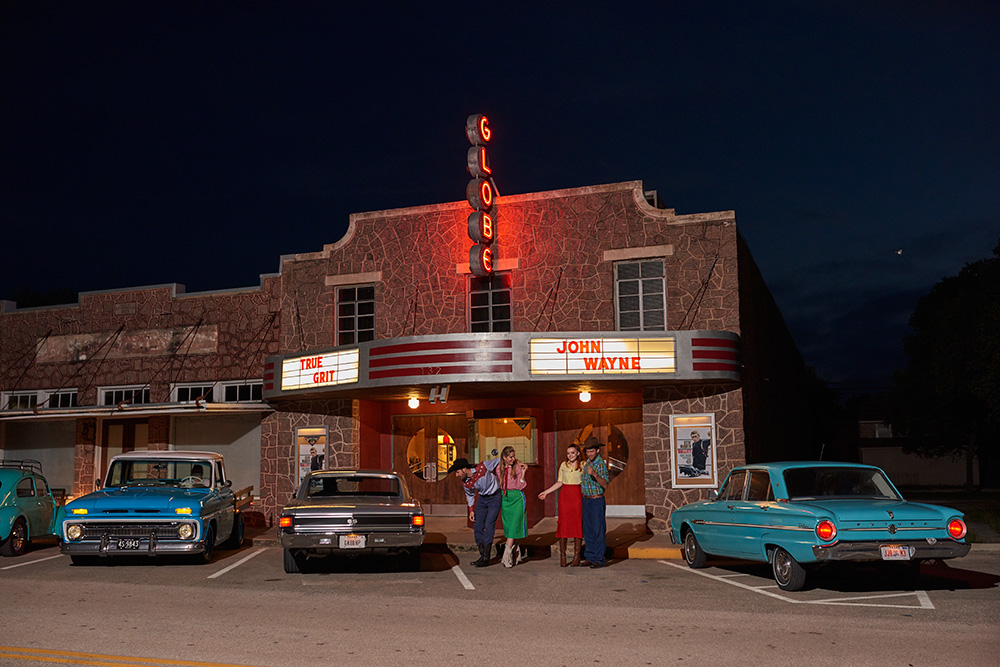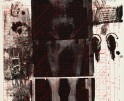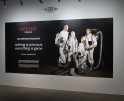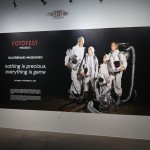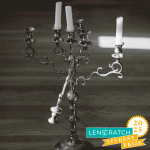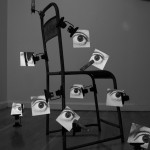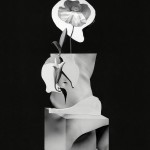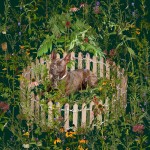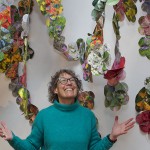Matt Henry: Lone Stars
Matt Henry is a photographic storyteller, using staged tableaux to create visual novelas that speak to history, race, archetypes, and place. With a nod to movie making, Matt uses actors to create improvisational scenes that when connected, create an extended narrative. His cinematic project, Lone Stars, uses color, light, and staging to create moody tableaux in a fictional town in Texas that explores murder, racial tension and violence.
Matt Henry(b. 1978) grew up in North Wales and is now based in Brighton, England. His practice focuses on the politics and culture of America during the 1960s and 1970s; a subject Henry researched in his BA Politics (Univ. of Nottingham) and MA Photography (Univ. of Brighton). The works take the form of fictional scenes staged across set-builds and dressed locations in the UK and USA. He is represented in London by Michael Hoppen Gallery, in Amsterdam by Flatland Gallery, and in Paris by Polka Galerie.
‘In a small town in 1960s Texas, a misfit teenage dreamer named Steve strums at a guitar with the hope of one day cutting a record and escaping a destiny of ranching or drilling oil. When his only friend Cassie, a black girl from a neighboring school, goes missing, Steve is forced to confront the racial prejudice of his small town and the involvement of his own family in kidnapping and murder.’
Lone Stars is the second installment of an ongoing exploration of the Southern Gothic crime genre by British artist Matt Henry, which will form part of his second book to be released early 2018. While the first installment, Born on the Bayou, took him to New Orleans and the surrounding swampland of Louisiana, the latest chapter of 22 images was shot across the state of Texas, from the cowboying terrain of Alpine, to the weirdness of Marfa, to the liberal enclave of Austin, and many small towns in between.
“In terms of photographic history, my travels are much like the classic road trips of Robert Frank, Ed Ruscha, Lee Friedlander, Jacob Holdt, and Stephen Shore, and many others. But approaching the format from a fictional perspective, with a cast of actors, a producer, make up and hair, and a number of stills making up a linear story; it’s much more unknown territory. This makes the format interesting in itself; I’m sourcing talent from (and emulating the techniques of) the movie industry, of which I have little knowledge, and they’re participating in the creation of something that’s also fairly alien to them.“
Henry creates detailed plot outlines for each of his stories, including character back stories and requires the actors to improvise each scene, providing direction where necessary. “Actors on the whole really enjoy improv, and it’s also fascinating to watch. Without a detailed script, you’re much more at the mercy of the actor’s imagination, and I’m rarely disappointed. It makes the capture almost part documentary, part fiction, in the sense that the level of control isn’t so precise, and in the sense that you are, in a way, documenting someone’s imagination.”
The irony of recreating a world that was once documented by these road trip greats is not lost on Henry. “It is interesting that there’s a new generation of artists influenced by these photographers and drawn to this period imagery, yet who don’t necessarily want to recreate the documentary approach in the contemporary world. Whether that’s a comment on accelerating change and the complexity of the 21st century, or it’s simply the natural progression of the medium itself is an interesting debate.
“Taking apart the crime drama is also interesting for me, as is exploring the decay, darkness and racial tension of the Southern Gothic genre. Much of the small-town landscape in Texas was peppered with Trump-Pence banners, so recreating a story steeped in racial tension somehow didn’t feel like an exercise in nostalgia at all. My feeling was the same in Louisiana; there’s still a lot of denial in the South about its history. Getting white and black actors to participate in a lynching scene was tough. As was taking one of my black actors to many small white towns. He knew which towns were all white, and even which still had a KKK presence.”
The third instalment of Henry’s book will be shot in Georgia in March 2017. He aims to shoot in each of the Confederate States.
Posts on Lenscratch may not be reproduced without the permission of the Lenscratch staff and the photographer.
Recommended
-
Ricardo Miguel Hernández: When the memory turns to dust and Beyond PainNovember 28th, 2025
-
Pamela Landau Connolly: Columbus DriveNovember 26th, 2025
-
Interview with Maja Daniels: Gertrud, Natural Phenomena, and Alternative TimelinesNovember 16th, 2025
-
Robert Rauschenberg at Gemini G.E.LOctober 18th, 2025
-
Hillerbrand+Magsamen: nothing is precious, everything is gameOctober 12th, 2025

